OCT Angiography, ultra-widefield imaging and quantitative metrics
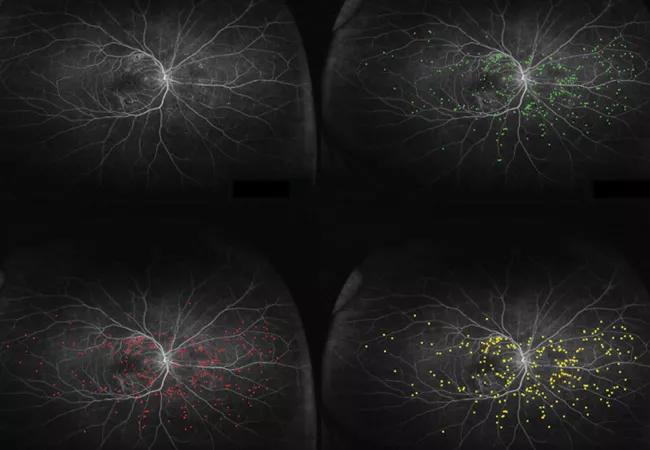
By Sunil K. Srivastava, MD, Sumit Sharma, MD, and Justis P. Ehlers, MD
Cleveland Clinic is a non-profit academic medical center. Advertising on our site helps support our mission. We do not endorse non-Cleveland Clinic products or services. Policy
Retinal vascular disease and ocular inflammatory disease are two of the most common causes of vision loss. Advances in diagnostics have facilitated new opportunities for diagnosis, disease surveillance and monitoring therapeutic response in these complex disorders.
OCT angiography (OCT-A) is an exciting new technology that provides a noninvasive method to evaluate the retinal and choroidal vasculature and potentially identify underlying ischemia, vascular abnormalities and neovascularization. Using a high-speed OCT scanner and a unique processing system, OCT-A captures the motion of particles within tissues and then aggregates motion signals to provide a three-dimensional view of the retinal and choroidal vascular structure. In effect, this imaging system creates a flow map for vascular structure in the eye. This flow pattern reconstruction provides a detailed volumetric view of the retinal vascular anatomy.
In the past year, the FDA has cleared two OCT-A systems for ophthalmic use. At Cole Eye Institute, we are actively engaged in clinical studies examining the role of OCT-A in retinal disease with multiple different OCT-A platforms. Multiple trials are currently evaluating the role of OCT-A in macular and inflammatory eye disease, including our ATAC, PERMEATE, and AVATAR studies. To date, we have enrolled over 300 patients in these important clinical studies.
OCT-A is very efficient, typically requiring less than a few minutes for image acquisition. Although this technology is quite exciting, significant challenges still exist. Limited field of view (e.g., 3×3 mm, 6×6 mm), difficulty handling patient motion and imaging artifacts all challenge the clinician in interpreting OCT-A images.
The role of OCT-A is still being defined in current management strategies for retinal disease. Underlying choroidal neovascularization may be identified on OCT-A when it is not clear on conventional fluorescein angiography. We are currently developing novel approaches to imaging, including OCT-A of the iris.
While OCT-A provides outstanding visualization of a small, select area of flow, ultra-widefield fluorescein angiography provides an in-depth assessment of the panretinal blood flow and vascular features. From posterior uveitis to diabetic retinopathy, the retinal periphery may contain critical information related to disease severity and activity.
In our practice, we are utilizing ultra-widefield imaging in numerous disorders to facilitate diagnosis, enhance our understanding of disease burden, optimize management strategies, and increase patient education. Identifying areas of peripheral abnormalities may provide the clinician with critical information regarding disease activity or response to therapy. For instance, the imaging may allow the ophthalmologist to identify persistent vascular leakage in posterior uveitis, critical for optimizing current immunosuppression to reduce disease activity that might otherwise be missed. Identification of peripheral neovascularization and ischemia in diabetic retinopathy may assist in closer disease surveillance and earlier intervention to maximize outcomes.
The overall role of ultra-widefield imaging continues to evolve in the management of retinal disorders. Our ongoing research is evaluating the technology and the potential for enhanced patient outcomes through the use of this modality.
The complex patterns and wide-ranging angiographic features provide a unique opportunity for objective metrics and quantitative assessment. At Cole Eye Institute’s Advanced Image Analysis research program, we are working to develop novel translational algorithms to enable quantitative metrics for ultra-widefield imaging, OCT-A flow maps, and higher-order SDOCT assessment. Algorithms for assessing microaneurysms, leakage and ischemia provide a unique opportunity for angiographic assessment. Quantitative disease severity metrics have been demonstrated for diabetic retinopathy and posterior uveitis. Utilizing these tools, clinicians may be able to provide more individualized care and higher-order assessment of disease response and therapeutic decision-making.
Ongoing clinical trials at Cleveland Clinic, including the PERMEATE trial in diabetic retinopathy and the ATAC trial in ocular inflammatory disease, are providing critical information to validate these analysis systems. Utilizing advanced pattern assessment tools may open new doors to custom-tailored therapeutics while integrating numerous diagnostic modalities.
Dr. Srivastava is staff and co-director of iOCT research at Cole Eye Institute. Dr. Sharma is staff in Cole Eye Insitute. Dr. Ehlers is staff, co-director of iOCT research and The Norman C. and Donna L. Harbert Endowed Chair for Ophthalmic Research, Vitreoretinal Service at Cole Eye Institute
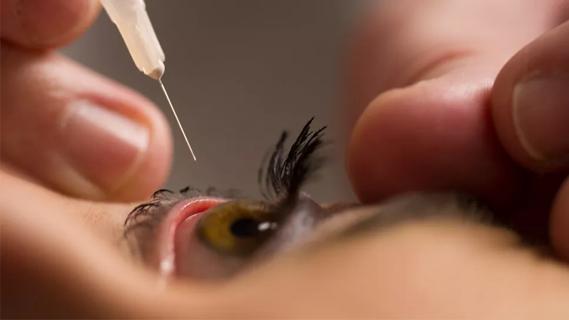
Study highlights the value of quantitative ultra-widefield angiography
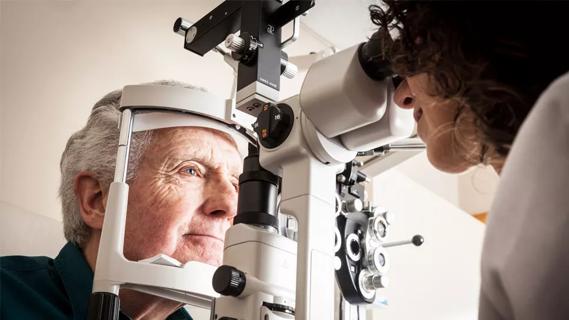
Switching medications may decrease treatment burden and macular fluid

Interventions abound for active and stable phases of TED
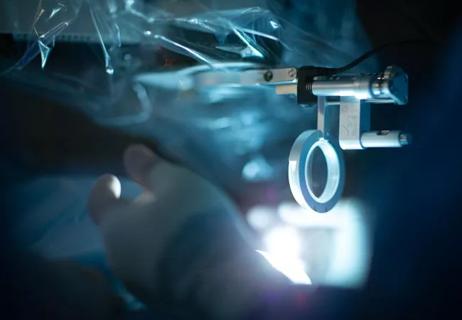
Corneal imaging and interpretation play a major role

Effect of low-dose atropine and dual-focus contact lenses is unknown in patients with comorbid eye conditions

How to screen for and manage treatment-triggered uveitis

Minimally invasive surgery is effective for uveitic and steroid-induced glaucoma too
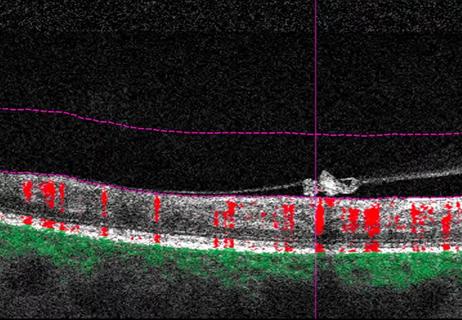
Why retina specialists should get comfortable with this imaging tool